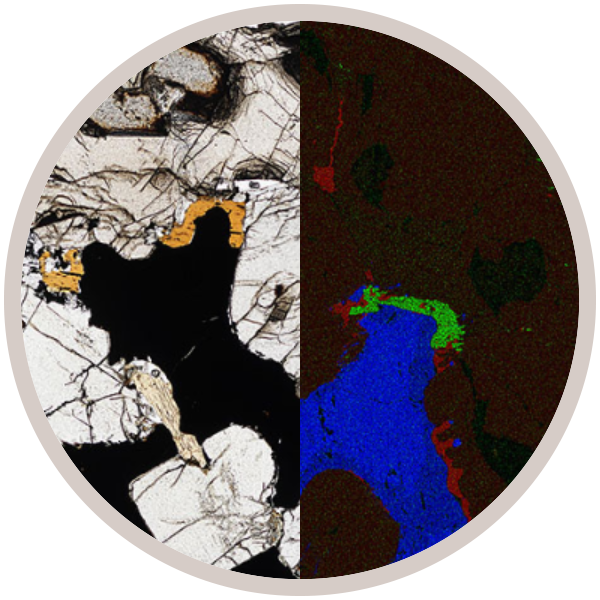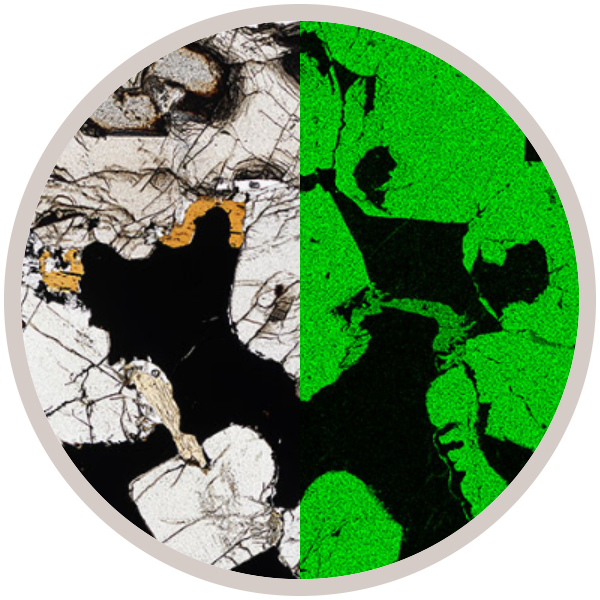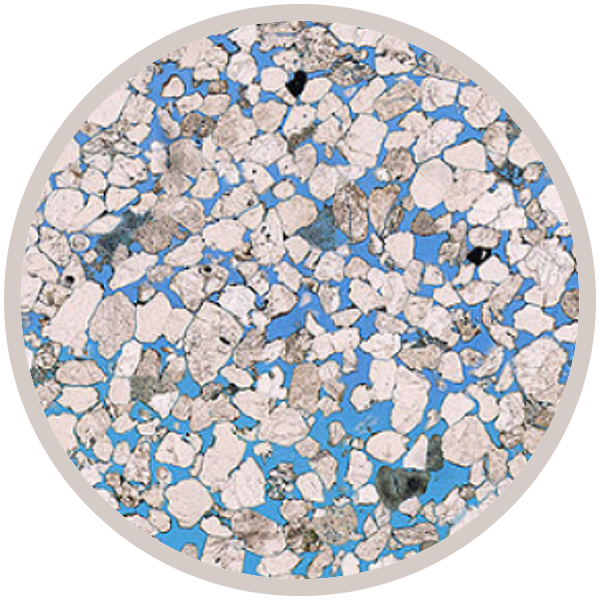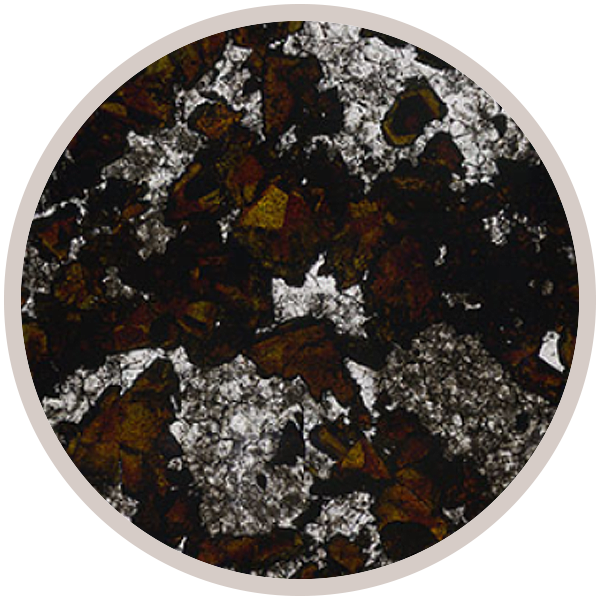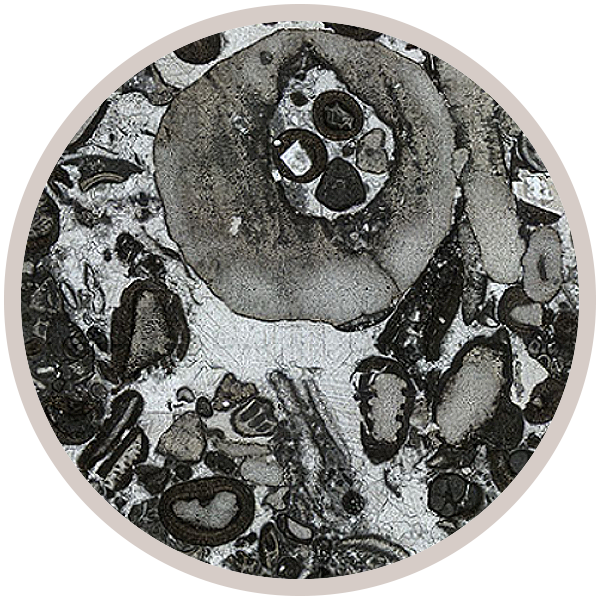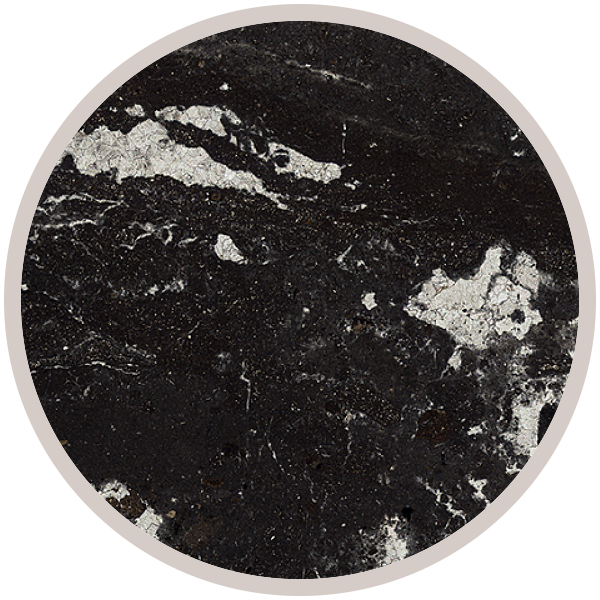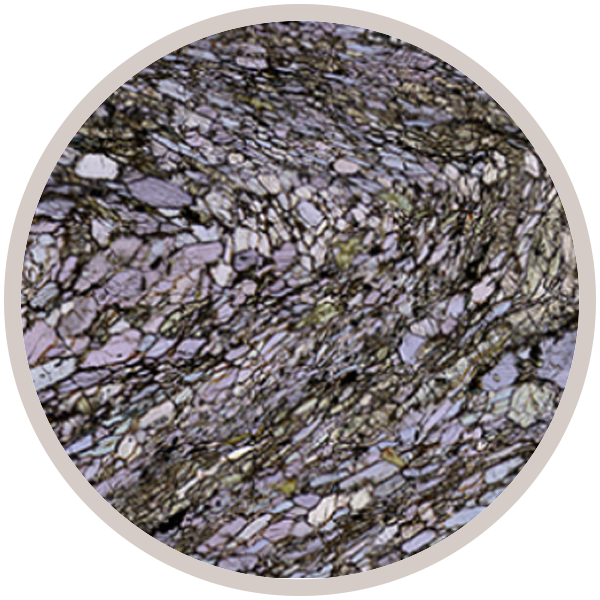
Fact sheet
Fold in glaucophane epidote schist from Ile de Groix, cut from a beach cobble. The section is on the thick side because the blue-lilac amphibole glaucophane has rather low birefringence and tends not to show second order colours as seen here.
Rotation 1 contains glaucophane and garnet
Rotation 2 contains glaucophane and epidote
Rotation 3 contains glaucophane and mica (or chlorite?)
See: https://geosciences-test.univ-rennes1.fr/IMG/pdf/MB_PP-lawsonite-JMG.pdf
Age of metamorphism is 420-400 Ma
A group of iCRAG members (UCC, TCD, NUIG and UCD) in partnership with The Open University have created a new collection of Irish rocks and associated learning materials for the Virtual Microscope of Earth Sciences.
The project which is entitled 'The Geoscience e-Laboratory (GeoLab): Developing Digital Teaching and Learning Resources for the Virtual Microscope' seeks to develop open access teaching resources in the form of interactive exercises and assessment rubrics for the Virtual Microscope. Find out more about the project at the GeoLab website.
The Collection was created using funding from the Faculty of Engineering, Mathematics and Science at Trinity College, Dublin, and the National Forum Teaching and Learning Enhancement Fund. One sample (Merensky Reef) showcasing x-ray element maps in addition to the usual PPL/XPL/REF images was funded by Prof. Balz Kamber's MetalIntelligence EU training network grant.

